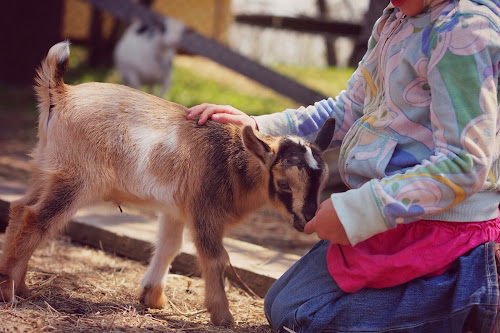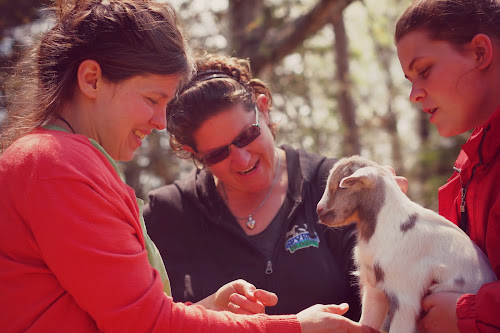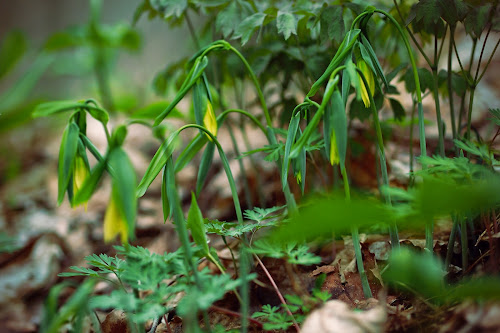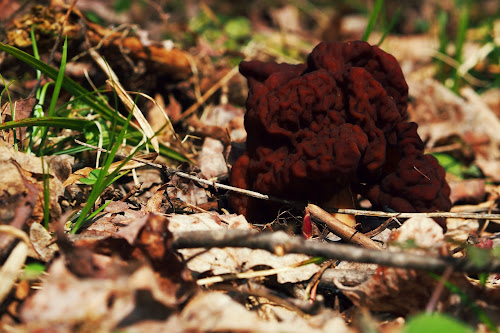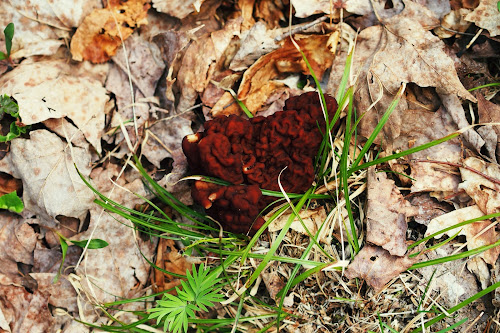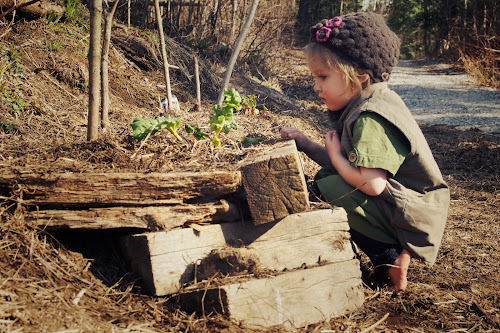It's naturally assumed that if you homestead, then you must have goats.
And though that's not always the case, chances are high that goats are part of your small farm.
Because of their manageable size, varied diet, and efficient feed conversion,
goats are preferred over cattle in most of the world, for milk and meat.
Certainly, now that it is becoming abundantly clear that small scale organic farming has the potential to provide global food security, it makes sense to choose livestock that meets the need of the small holder.
But thus far, for our own farm, I have been resistant.
There's a funny quote from a book we have here that says that,
the best way to test a goat fence is to throw a pail of water at it.
If the water goes through the fence, so can a goat.
So with vegetable gardens, herb gardens, fruit bushes, fruit trees, and other valuable perennial plants,
there is a lot to lose if a goat escapes it's pen.
Goats love, well, most everything. So despite Kira's insistence that we get some goats, I have managed to convince her that it's not a good fit.
Until now.
There was a plan to have a family cow here to supply us with dairy and some beef.
But we simply don't have the right kind of land to provide the feed needed for a cow.
We would need to bring in a considerable amount of hay, and that simply isn't a good strategy for self-sufficient farming.
Goats, however, subsist on a greater variety of feed and don't necessarily need hay if there is enough other forage available.
In the short term, we will need to bring some hay in from the south,
but we do have the capacity to grow goat forage on our land.
And like most small farms throughout the world,
we'll do best working with what is on hand.
So, in order for us to have our own dairy products,
we need to have goats.
And so goats we shall have.
Kira has chosen to keep Nigerian Dwarf goats.
More commonly sold as pets in North America, Nigerian Dwarf goats are actually excellent dairy goats that produce a high quality, high butterfat milk.
Unfortunately, misguided breeding practices have diminished the working characteristics of these small goats.
As a result, many passionate breeders are working hard to restore the functionality to Nigerian Dwarf goats.
And we are fortunate to have found such a breeder who has hand picked a genetically diverse starter herd for us.
Animals that show great promise as milkers, so that we can carry the line forward with the same intention of making these goats a prime dairy breed.
Angee Pell of Sky River Meadows will be providing us with five (or six) goats to start our own herd, as well as support based on her extensive experience with Nigerian Dwarf goats.
We visited Angee last year to see if this breed was suitable for us.
This past weekend, we visited again to see some of the animals that she has chosen for us.
We will grow our herd, and sell surplus goats in the future.
These goats have been screened for disease, and registered, so that we can start breeding with a fresh start, and high quality animals.
It certainly helps that goats are cute and capricious.
Especially these small and colourful Nigerian Dwarf goats.
It may be that breeding them for pets has improved their compatibility with humans.
Our farm animals should be our friends as well as our providers,
even if we do eat them sometimes.
But these goats are not a dual purpose breed and it's unlikely that any will end up as supper.
Our kids are enamoured with the goats and having heard about other families' experiences, the novelty doesn't easily wear off.
Goats are known to play, even in adulthood.
In fact, they need playground toys to help keep them entertained.
Things like merry-go-rounds, teeter-totters, and climbing structures;
pretty much the same stuff that children like.
Our hope is that our kids will develop a strong relationship with our goats, and will be eager to help care for them.
It is still going to be another two months before our goats will be ready for us.
And though it'll be a long wait for Kira and the kids,
I still have fencing and buildings to put up.
I have to admit though,
that they are pretty cute.
And that maybe I'm just as excited to get them home.




